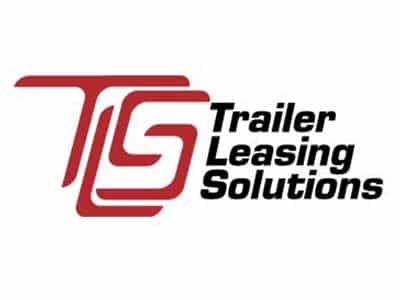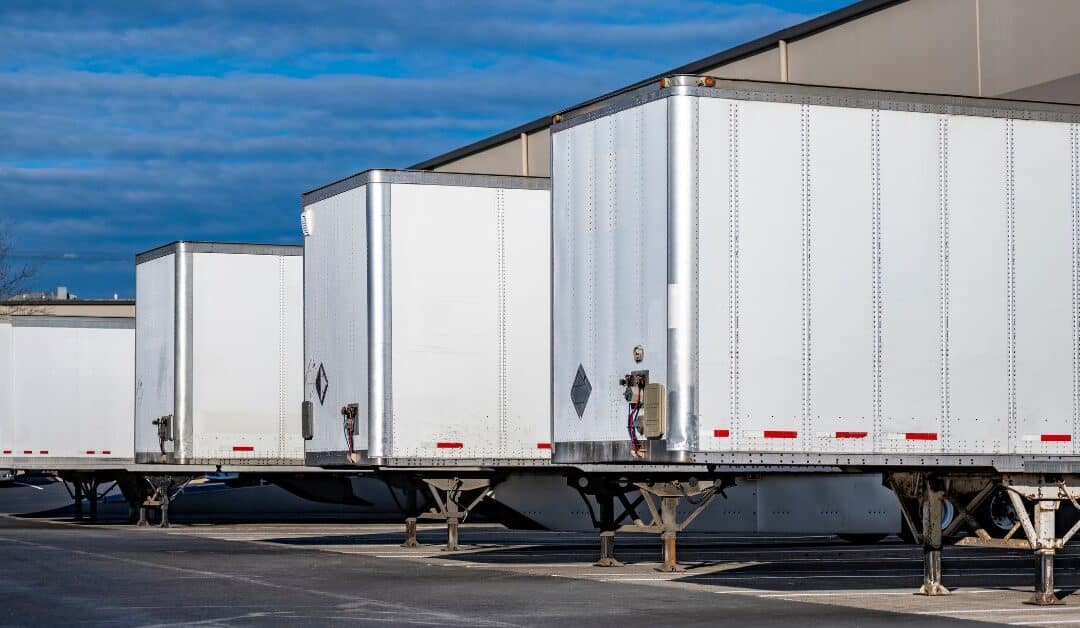Shipping and transportation businesses frequently face the challenge of streamlining operations while maintaining efficient cost management. Leasing semi-trailers can be a strategic solution for companies seeking flexibility and scalability without incurring large upfront investments. Understanding how to effectively lease semi-trailers for shipping involves evaluating your requirements, identifying the right leasing options, and ensuring compliance with terms that align with your operation’s goals. Read on to get a comprehensive overview of the process so you can make informed decisions to operate your shipping business more effectively.
Understanding Semi-Trailer Leasing
Semi-trailer leasing is the process of renting semi-trailers for a specified duration rather than purchasing them outright. Leasing has become a favored option for many shipping companies due to its cost-effectiveness and operational flexibility. For companies with fluctuating demand or those testing new routes, leasing eliminates the commitment of upfront capital while offering access to a range of trailers tailored to specific shipping needs.
Leasing also often comes with added benefits, such as maintenance services, extended warranties, and the ability to upgrade fleets when newer models become available. Businesses can save on depreciation costs while enjoying modern trailers with the latest features.
Assessing Your Business Needs
Before you sign any leasing agreement, it’s crucial to assess your specific business needs. The requirements for your operation will determine what kind of trailer you need and the structure of the leasing arrangement. Factors to consider include the types of goods you’re transporting, the size of your shipments, the routes you’ll cover, and how frequently you’ll be using the trailers.
For instance, perishables might require refrigerated trailers, while bulk goods might need flatbeds or dry vans. Consider your fleet’s existing capabilities and whether leasing can help address any gaps or inefficiencies. Understanding these requirements will prevent you from overpaying for features you don’t need or underestimating trailer specifications vital to your operation.
Market demand is another consideration. Companies that experience seasonal spikes often utilize short-term leasing to meet increased capacity needs without incurring long-term commitments. On the other hand, businesses with consistent shipping cycles tend to opt for flexible long-term leasing arrangements.
Exploring Leasing Options
Several leasing options are available depending on your shipping demands and overall objectives. Open-end leases and closed-end leases are among the most common arrangements in semi-trailer leasing. Open-end leases offer more flexibility and are particularly beneficial for enterprises that expect varying usage conditions or need the option to expand their fleet during the contract. With open-end leases, businesses often have the option to purchase the trailers at the end of the term.
Closed-end leases, on the other hand, offer more structured terms and are well-suited for organizations that require predictable expenditures. These leases include returning the trailer at the end of the leasing period, often with penalties for excess mileage or wear and tear. When reviewing options, ensure the terms mitigate potential risks your operation may face, whether related to usage, costs, or compliance.
Leasing contracts may also include various additional services, such as maintenance packages or roadside assistance, which can reduce unexpected operational downtime. When comparing deals, prioritize leasing companies that offer customizable terms and value-added services tailored to your specific needs.
Evaluating Costs and Benefits
Leasing trailers involves costs that range beyond the monthly payments listed on paper. It’s essential to evaluate the full financial implications, including potential fees for excess mileage, maintenance, and term adjustments. While this may seem complex, long-term savings can offset these considerations compared to owning and maintaining a fleet.
Furthermore, leasing allows businesses to allocate capital to other critical areas, such as expanding operations or investing in technology. The predictable costs associated with leases also make budgeting easier for many enterprises. When assessing costs, remember to ask leasing companies about penalties for early terminations or unforeseen circumstances that may require renegotiation.
Another key advantage of leasing is gaining access to modern trailers equipped with the latest technology. Innovations such as advanced tracking systems, improved fuel efficiency, and automated systems ensure that leased trailers remain reliable while reducing operational costs.
Finding a Reliable Leasing Partner
Choosing the right leasing partner is just as important as selecting a leasing structure. A reliable partner does more than just provide trailers; they act as a valuable resource for your business’s success. Look for companies with proven experience in the industry, transparent pricing models, and strong support services. Your leasing provider should have an extensive inventory of trailer types to suit diverse shipping needs and offer flexible terms, allowing you to adapt quickly to market changes.
Customer support is another indicator of a reliable partner. Make sure their team is available to assist with maintenance queries, replacements, or establishing insurance coverage. Additionally, location matters. Their proximity could result in significant time and cost savings for operations that require quick turnarounds.
At Trailer Leasing Solutions, we offer secure, reliable, and flexible semi-trailer leasing services in Fort Worth, Texas. Whether you require a short-term lease for a specific project or a long-term solution to support your ongoing operations, we offer a range of customizable leasing terms to suit your unique needs. Contact us today to find the perfect leasing option for your business.
Negotiating Lease Terms
The leasing agreement defines the scope of your relationship with the provider, so negotiations should be approached carefully. Terms often cover the lease duration, mileage limits, and maintenance responsibilities. Pay close attention to inflation clauses, liability details, and conditions for terminating or renewing the agreement.
Negotiating lease durations is particularly important for businesses with fluctuating needs. If your operation is seasonal, short-term leases could be more beneficial. However, opting for a long-term lease may offer more cost savings if you have steady hauling needs throughout the year.
Make sure you understand the leasing provider’s policies regarding wear and tear or early return conditions. Properly negotiated terms should reflect a balanced partnership where both parties benefit. Bringing in a legal expert or seeking external advice to review the final terms can help provide additional peace of mind before signing.
Building Long-Term Success
Leasing semi-trailers is a strategic investment in your business. When done effectively, it can improve cash flow, enhance operational efficiency, and position your company for growth. Flexibility, cost savings, and access to modern equipment mark the key advantages of leasing over buying outright.
Learning how to effectively lease semi-trailers for shipping requires thorough planning, research, and collaboration with a trusted leasing partner. With the information and tips provided in this guide, you’re equipped to make a decision that supports both your short-term needs and your long-term success.
Take the time to evaluate whether leasing aligns with your overall business goals. Whether it’s bringing agility to meet seasonal spikes, reducing capital commitments, or accessing the latest trailer technologies, leasing provides an opportunity for businesses to invest in their own growth with confidence.




